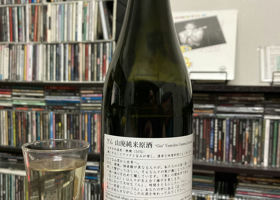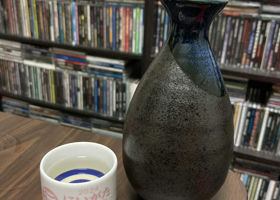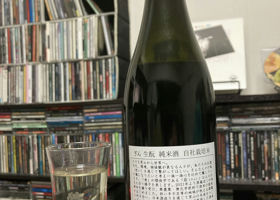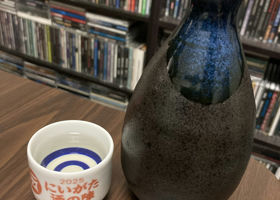Timeline
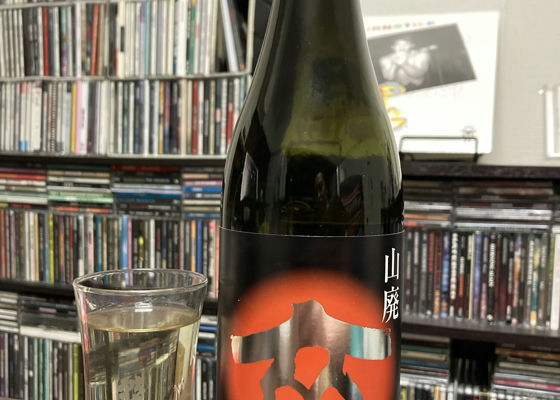
FSBI bought it from the brewer's e-commerce site around April.
I had already opened the sake bottle I bought together with it, but I didn't touch this one until August...
Time flies.
Pouring it into a glass, you can see the color! It's a beautiful golden color. There is no doubt about it.
The quality of the sake is crystal clear, as it is made with water.
The aroma is of rice and soft acidity, typical of Yamahai.
When you drink it, you can taste the rich umami of rice. Then, there is a soft acidity typical of Yamahai, followed by a refreshing alcohol taste.
Now to warm up the sake!
As the label on the back of the bottle says, it should be heated to 50 degrees Celsius (50 degrees Fahrenheit; 55 degrees Fahrenheit or higher is too hot). (50 degrees Celsius, 55 degrees or higher is not a jumpy warming).
Boil water, turn off the heat, and soak the sake bottle for 3 minutes.
This kind of sake is more robust when chilled, but when heated, the flavor and taste rounds out and it's easy to drink.
Just as eating something sweet makes you want to eat something salty, drinking unfiltered nama-hara makes you want to drink a classic.
It's great. 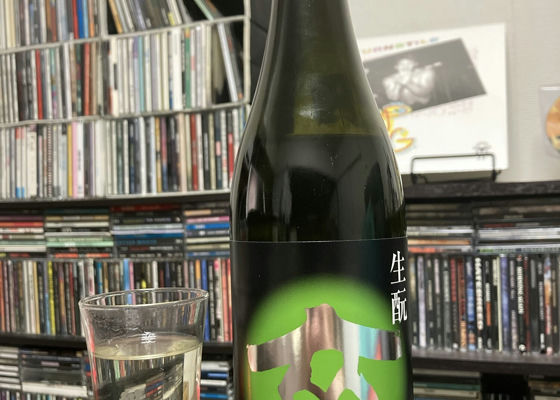
FSBI have always been curious about this brand of Aichi sake, GIN.
It is a brand of sake made by Shibata Shuzo, a brewery in Okazaki City that brews Ko-no-Masa, a sake made using the traditional method of making sake from the yeast and the yeast.
I was told that Sakaizendo Horiichi does not carry this brand and that it is mainly distributed locally, so I purchased it at the brewery's official online store.
We started with it cold (room temperature).
The poured body was slightly golden yellow and clear.
There is almost no aroma. There is a faint aroma of rice.
When you drink it, you will be hit with a slightly fruity acidity, like raisins or prunes.
There is also a hint of rice flavor.
The texture is very smooth and pleasant to the palate, thanks to the use of Kanzui, a very soft water.
The taste is well rounded with a smooth and refreshing aftertaste.
Next, we tried heating the sake (50°C).
After boiling the water and turning off the heat, the sake was soaked for 3 minutes.
The aroma remained subdued, with a faint scent of alcohol. There is also a faint aroma of rice.
When drunk, the acidity felt in the cold sake has settled down to a soft acidity derived from lactic acidity, which is typical of a sake made from the traditional sake brewing method of "sekiyake" (sake brewing).
The umami of the rice can be felt more clearly than in the cold sake.
The taste is quite soothing.
I like the soft acidity of a sake made from the oldest sake yeast, Yamahai, and the umami of the rice when it is heated up. RecommendedContentsSectionView.title

